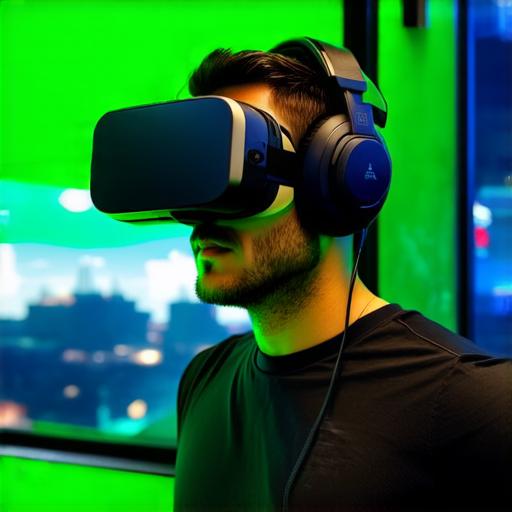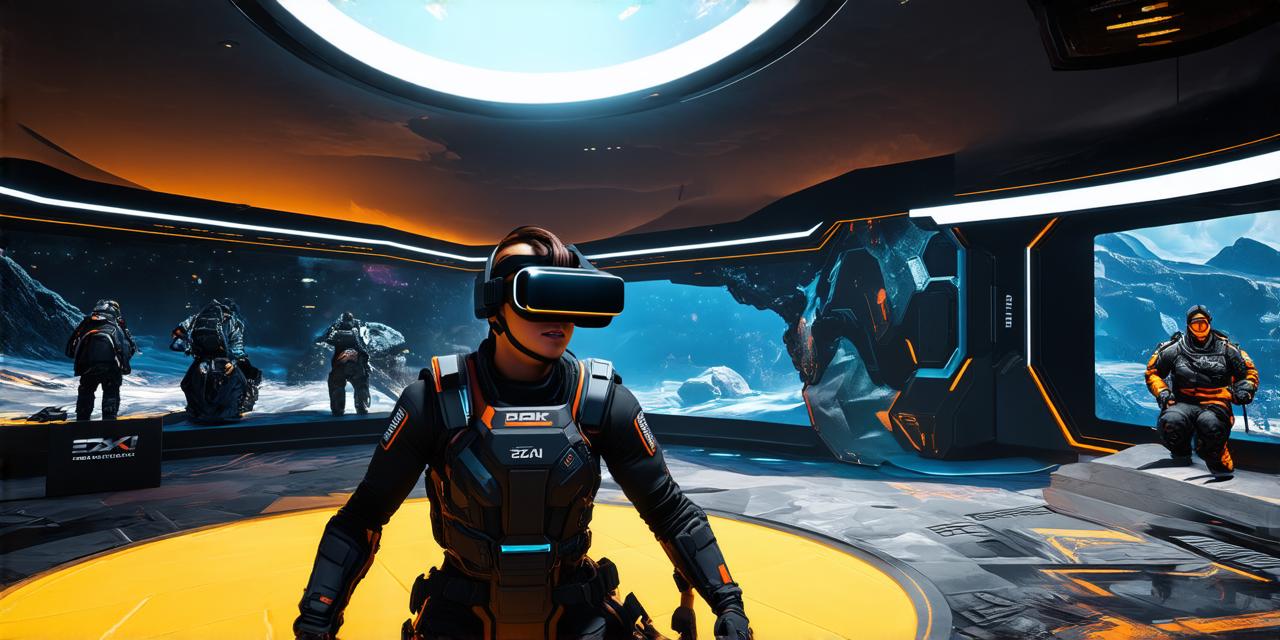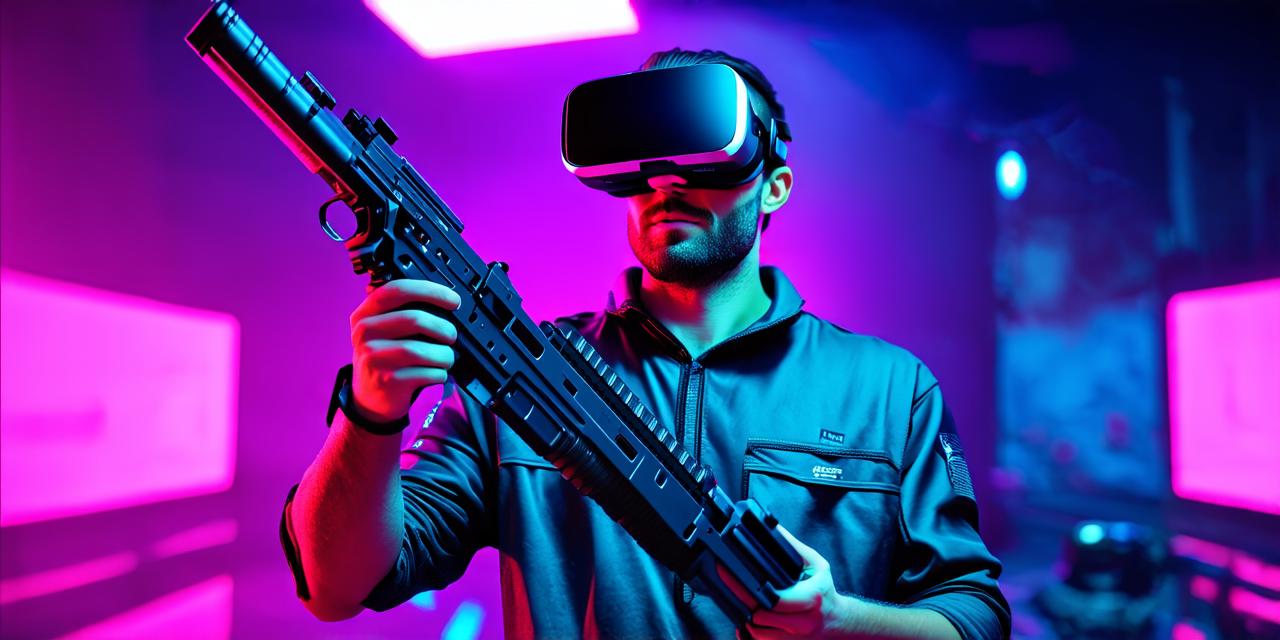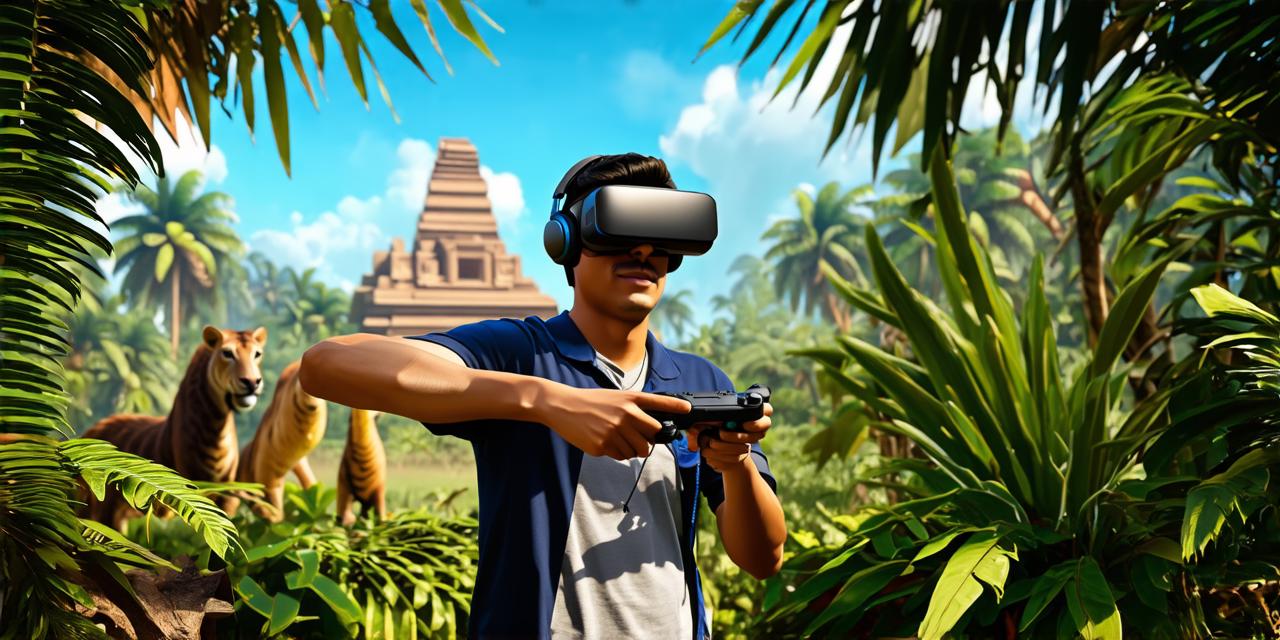Virtual reality (VR) is a computer-generated simulation of a real or imagined environment that can be interacted with using electronic devices such as headsets, gloves, and motion controllers. With the advancement of VR technology, the possibilities for virtual activities are endless. In this article, we will explore some of the most popular VR activities available today.
1. Gaming
Gaming is one of the most well-known applications of virtual reality. With VR headsets and controllers, users can immerse themselves in a 3D gaming environment and interact with games like never before. From first-person shooters to adventure games, VR gaming offers an unparalleled level of immersion and interactivity.
2. Education and Training
Virtual reality is also being used for educational purposes, such as simulating real-world scenarios for training professionals. For example, medical students can use virtual reality simulations to practice surgeries and nurses can use them to learn about patient care procedures. VR can also be used to teach subjects like history, geography, and science by allowing users to explore and interact with virtual environments in a way that is not possible in traditional classrooms.

3. Tourism and Travel
Virtual reality can transport users to different parts of the world without ever leaving their living room. Users can explore museums, art galleries, historical sites, and natural wonders from the comfort of their own home. This not only saves money but also allows people who are unable to travel due to financial or physical limitations to experience new places.
4. Mental Health and Therapy
Virtual reality is being used for mental health and therapy purposes as well. For example, VR exposure therapy can be used to treat anxiety disorders, phobias, and PTSD by exposing patients to virtual environments that trigger their fears in a controlled manner. VR can also be used to simulate real-life situations for patients with social anxiety or autism to help them practice social skills.
5. Fitness and Sports
Virtual reality can be used as a fitness tool to provide users with immersive workouts. Users can join virtual fitness classes, participate in competitive sports, or even train for marathons in virtual environments. This not only provides an engaging workout experience but also removes the barriers of time, location, and cost that traditional fitness options may present.
In conclusion, virtual reality technology has opened up a world of possibilities for immersive activities. From gaming to education, tourism to mental health therapy, VR is changing the way we interact with the digital world around us. As the technology continues to evolve, we can expect even more exciting applications and opportunities to emerge in the future.



